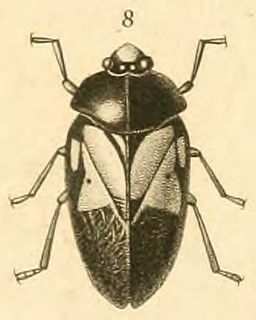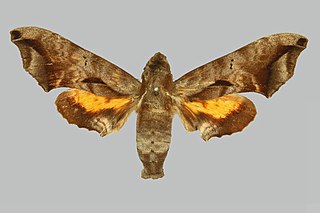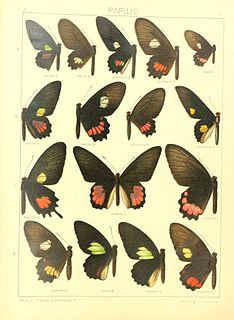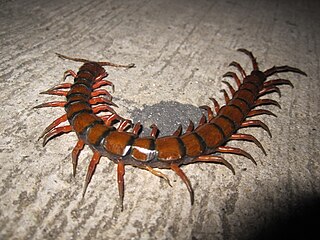 W
WThe echinoderms of Venezuela are a strictly marine animal phylum comprising about 124 species of marine waters designated for Venezuelan Caribbean. The first lists of species for Venezuelan coast date back to 1939 and 1967.
 W
WThe sponges of Venezuela are a part of the Porifera fauna of Venezuela.
 W
WThe marine molluscs of Venezuela are a part of the molluscan fauna of Venezuela. The marine molluscs are the snails, clams and mussels, chitons, octopuses, squid and cuttlefish; that live in marine and estuarine habitats. The freshwater and land molluscs are not included in this list.
 W
WThe non-marine molluscs of Venezuela are a part of the molluscan fauna of Venezuela. Non-marine molluscs are the snails, clams and mussels that live in freshwater habitats, and the snails and slugs that live on land. Sea-dwelling molluscs are not included in this list.
 W
WAllogastrocotyle bivaginalis is a species of monogenean flatworm, which is parasitic on the gills of a marine fish. It belongs to the family Gastrocotylidae.
 W
WThe spider genus Cabello consists of only one species, Cabello eugeni, found in Venezuela. It is a small yellow-white spider, with females 2 mm long, and males 1.6 mm. The eye region is reddish with a dusky median longitudinal band, the sternum whitish, with grey sides. The yellow-white legs have scattered black spots on the anterior face. On the abdomen there are scattered white spots.
 W
WChoconta circulata is a species of froghopper in the genus Choconta, of the family of Cercopidae. The species has been named formerly Sphenorhina circulata (Lallemand), Tomaspis circulata (Fennah), and originally Cercopis circulatus. The species has been described first by French entomologist Félix Édouard Guérin-Méneville in 1844.
 W
WThe Goliath birdeater belongs to the tarantula family Theraphosidae. Found in northern South America, it is the largest spider in the world by mass – 175 g (6.2 oz) – and body length – up to 13 cm (5.1 in) – but it is second to the giant huntsman spider by leg span. It is also called the Goliath bird-eating spider; the practice of calling theraphosids "bird-eating" derives from an early 18th-century copper engraving by Maria Sibylla Merian that shows one eating a hummingbird. Despite the spider's name, it only rarely preys on birds.
 W
WChromatopelma is a monotypic genus of South American tarantulas containing the single species, Chromatopelma cyaneopubescens. Commonly known as greenbottle blue tarantulas due to their metallic blue legs and blue-green carapace, they are very active and fast-growing tarantulas that are particularly attractive to hobbyists. They are native to the Paraguaná Peninsula, near Punto Fijo.
 W
WNeocrinus decorus is a species of crinoid in the family Isocrinidae. Neocrinus decorus has been around for 23.03 million years, and lives at depths from 154 to 1219 meters deep, in the Caribbean of Venezuela, living on hard substrate.
 W
WNyceryx maxwelli is a moth of the family Sphingidae. It is known from Bolivia and Venezuela.
 W
WOxysternon festivum is a species of dung-beetle of the scarab beetle family.
 W
WParaborsonia lindae is a species of sea snail, a marine gastropod mollusk in the family Borsoniidae.
 W
WParides klagesi is a species of butterfly in the family Papilionidae. It was thought to be endemic to Venezuela before being discovered in Brazil. A recent, freely available article by Olaf Mielke and Mirna Casagrande (2007) summarizes the known geographical distribution of the species. Because of the prior CITES listing and apparent rarity, this species was placed in the endangered species list for the northern Brazilian state of Pará.
 W
WPhyllovates chlorophaea, with the common name Texas unicorn mantis, is a species of praying mantis.
 W
WPsalmopoeus irminia, also known as the Venezuelan suntiger, is a species of tarantula endemic to Venezuela, Guyana and Brazil.
 W
WScolopendra gigantea, also known as the Peruvian giant yellow-leg centipede or Amazonian giant centipede, is one of the largest centipedes of the genus Scolopendra with a length up to 30 centimetres (12 in). This species is found in various places in South America and the Caribbean, where it preys on a wide variety of animals, including other sizable arthropods, amphibians, mammals and reptiles.
 W
WTriatoma dimidiata is a blood-sucking insect whose range extends from northern South America, throughout all the countries of Central America and into Southern Mexico. It is among the most important carriers of Trypanosoma cruzi, the flagellate protozoa that causes Chagas disease. Dimidiata has been found in rock piles, caves occupied by bats, hollow trees occupied by mammals or birds, and other diverse ecotopes. However, their presence in human abodes is usually happenstance; people tend to bring them indoors with their firewood. When in the nymph form they may camouflage themselves from predators by scraping dust over their dorsal abdomen, a behavior also observed in T. phyllosoma, T. nigromaculata, Panstrongylus geniculatus, P. megistus and P. herreri nymphs. Moreover, due to geological past in Mesoamerica such as forest loss, and rising temperatures, there has been an increase in Triatomine bugs infestation.